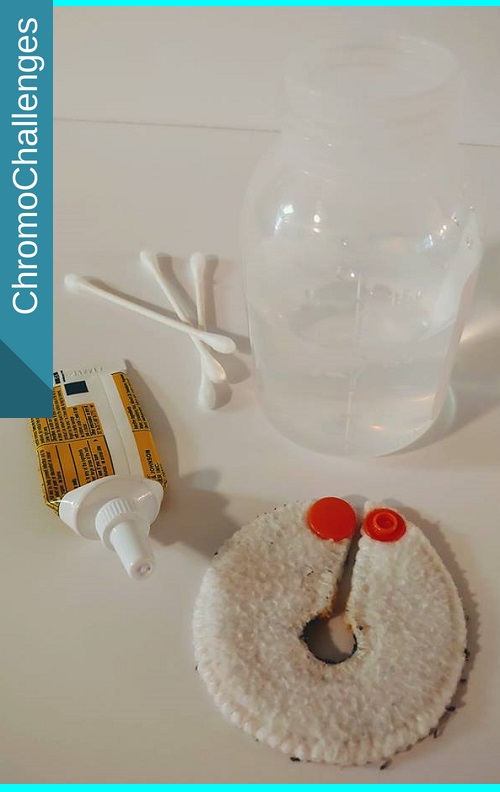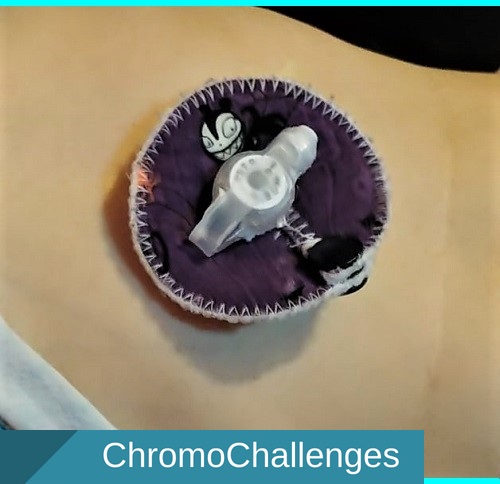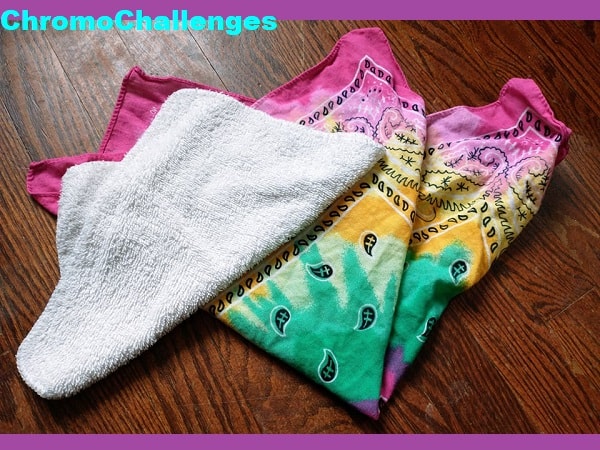G-tube Stoma Barrier Cream
This post includes my preferred method for treating minor irritation at my daughter’s g-tube stoma site, the area on her torso where a tube inserts through the skin to deliver blended food directly to her stomach.

G-tube stoma barrier cream
How I make my daughter’s stoma barrier cream:
- I buy (AFFILIATE LINK) extra strength liquid antacid (Equate or Maalox brand), and (AFFILIATE LINK) Aquaphor Baby Healing Ointment that comes in a jar in the baby aisle. (These are approximately $3 and $14.)
- In a new container, fill to half full of Aquaphor Baby Healing Ointment.
- Slowly mix in the extra strength liquid antacid until the mixture becomes a solid white cream.
- Use a water-soaked Q-tip to gently rinse the stoma site.
- Use a dry Q-tip to gently pat dry the stoma site to remove excess moisture.
- Apply a generous amount of the antacid-Aquaphor cream mix to the stoma site from the edge of the entry point out to the edges of redness.
While this recipe isn’t an original creation, as Maalox is a common stoma rinse for skin irritation at a gastrointestinal tube site, I hadn’t personally seen my method until I tried them together.
Why I use this stoma barrier cream
Aside from post-operative care, starting out in g-tube care I was given little instruction to keep the site clear of complications. The first real tip I got was from a friend whose child had a g-tube when he was younger. She told me to soak a Q-tip in Maalox and wipe the area to decrease redness.
The Q-tip Maalox rinse helped a lot, but only for a little while at a time. It was a couple months later that I thought to mix Maalox with Aquaphor, which created a barrier that wouldn’t lock in moisture, soothes my child’s skin, and sticks around.
The biggest difference from other topical barrier creams with the Maalox-Aquaphor mix that I have noticed is that it decreases redness quickly. Results have been as quick as a couple minutes to within a couple hours depending on the level of irritation.
It is best for general irritation/redness from when it’s first noticeable to the point it’s very red but not what I would call “wound level”. I treat wound-level irritation differently than I do site irritation/redness.
Stoma redness and irritation
A common reason for irritation/redness at a g-tube site is from stomach acid coming up from around the g-tube stem. If the g-tube is a balloon-type, check that there is adequate water in the balloon to avoid leakage.
Another reason for redness and irritation is if digestion needs better support.
Reflux acidity
Another factor might be reflux acidity, for which you might consider trying probiotics or contacting your primary care physician to discuss adjusting reflux medication dosage.
Reflux has other root causes, but the primary driving cause I know is chronic constipation. Even when Aubby was having daily stools, a later GI doctor looked back on her X-rays and saw she was mega full for at least 18 months of images leading up to two months of weekly intussusceptions that hospitalized her three times with weekly ER visits for additional dehydration issues.
Other stoma care options
I have heard other recommendations in the support groups I follow. I’ll always stand by that what works for YOUR child’s skin is what’s appropriate. Different care methods work for different situations.
A popular recommendation is to mix calmoseptine to a paste with alum. I did not personally find this effective with my daughter’s skin, as there was no improvement and redness didn’t decrease. However, many families have had success with this for preventing granulation tissue.
Another option during a hospital stay for GI issues was stoma powder with tegaderm put over it. I did not personally find this effective with my daughter’s skin, as it didn’t decrease irritation at her g-tube site and instead created additional bleeding due to skin breakdown. It basically behaved like applying sandpaper to a raw patch of skin until I was able to assemble and apply the barrier cream mixture that I use.






